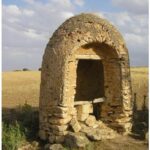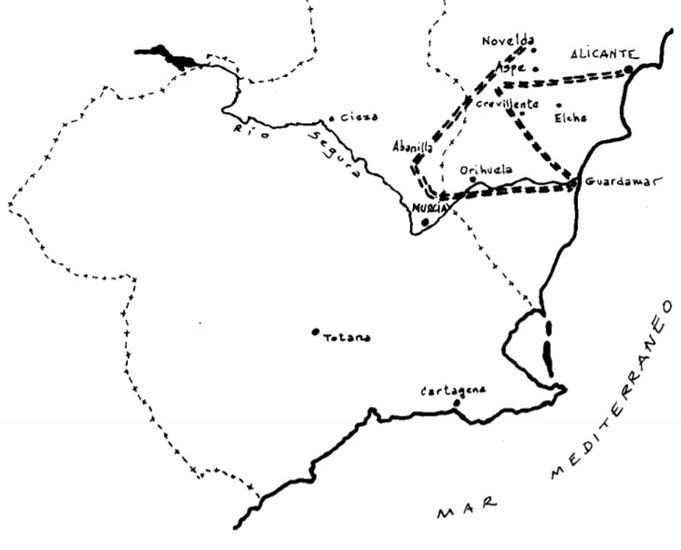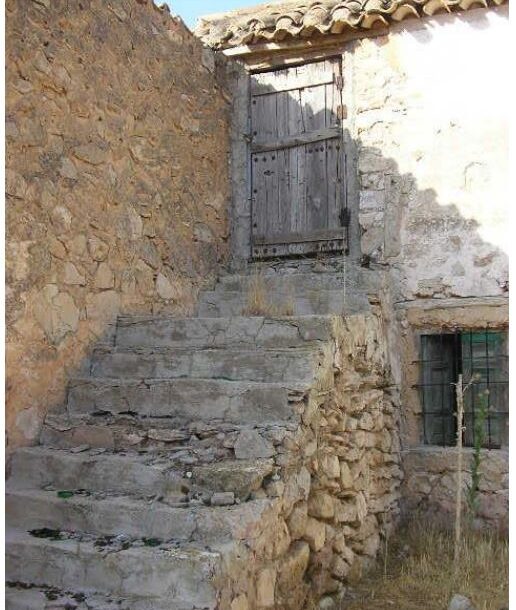
A cistern is a structure that makes it possible to collect and maintain water. Its construction made it possible to keep the water drinkable and prevent contamination; for this purpose, stone and lime masonry walls were used with a height of approximately 2 metres. In this way, the interior was isolated from external agents. The front mouth, through which access to the water resource is gained, is inserted in a round arch with a recessed enclosure. There were also cisterns with other materials and more elaborate construction topologies, with a tiled hipped roof over a square structure, with a door and ventilation holes.
Collection: Images
Project: 11. Science and culture as representation in Europe., 3. Rural world and urban world in the formation of the European identity.
Chronology: XVIII
Scope: Secondary Education, Baccalaureate, University
Link: https://iealbacetenses.dipualba.es/viewer.vm?id=0000040164
Resource type: Image
Format: Photography
Source: Hernández López, C. (2007). Calles y casas en el Campo de Montiel. Hogares y espacio doméstico en las tierras de El Bonillo en el siglo XVIII. Albacete: Instituto de Estudios Albacetenses, p. 488.
Language: Spanish
Date: 2006-2007
Owner: Pablo Ballesta Fernández (Modernalia)
Copyright: © Carmen Hernández López © Instituto de Estudios Albacetenses “Don Juan Manuel”
Abstract: Popular architecture. Photograph of a cistern used for the collection and conservation of water during the Middle and Modern Ages.
Image
Tags







